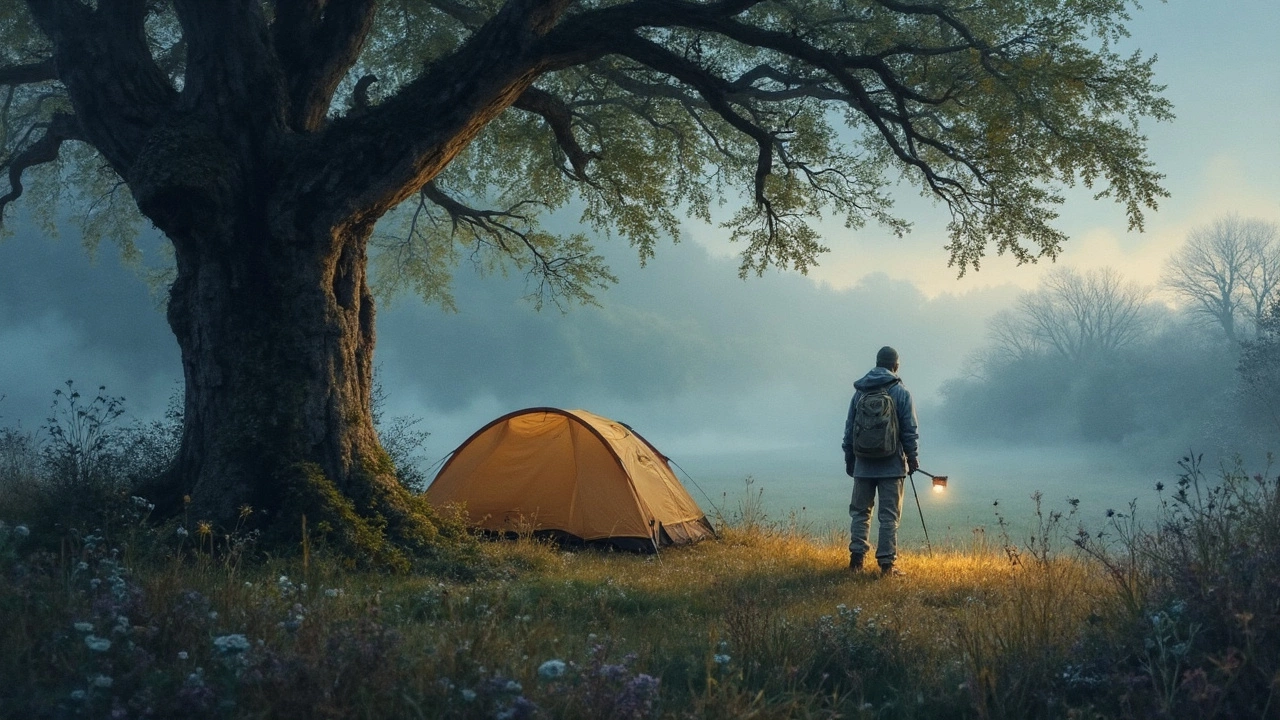
Off‑Grid Travel Made Simple: Practical Tips for Going Independent
Ever dreamed of waking up far from the mains, surrounded by nature, and not worrying about electric bills? Off‑grid travel lets you trade Wi‑Fi for fresh air, but it still needs a plan. Below you’ll find straight‑forward advice that keeps you comfortable, safe, and low‑impact on the environment.
Power Up Without Plugging In
First thing most people overlook is how to keep gadgets alive. A small solar panel kit (around 100 watts) can charge phones, cameras, and even a mini fridge. Pair it with a portable battery pack and you have a reliable backup for cloudy days. If you’re staying in a yurt or a glamping cottage, ask the host if they provide solar power or a generator. Knowing the wattage of your essential devices helps you size the system correctly and avoids surprise blackouts.
Water, Food, and Waste Basics
Off‑grid spots usually rely on rainwater collection or nearby streams. Bring a lightweight water filter and a large refillable bottle – it’s cheaper than buying bottled water and reduces plastic waste. For meals, portable stoves run on propane or bio‑fuel and are perfect for cooking simple dishes. Pack reusable containers and plan meals that use few ingredients; this cuts down on waste and makes cleanup a breeze.
When it comes to waste, follow the “pack out what you pack in” rule. Many eco‑friendly cabins provide compost bins for organic leftovers, but non‑organic trash still needs to go to a proper landfill. A small sealable bag for toiletries keeps leaks from ruining your gear.
Choosing the Right Off‑Grid Stay
Not all off‑grid options are created equal. Yurts often use natural insulation and can be heated with a wood stove, making them a cozy winter choice. Glamping cottages blend luxury and sustainability – they might have a solar‑heated shower and insulated walls, so you get comfort without sacrificing eco‑values. Look for listings that mention “off‑grid”, “solar powered”, or “self‑catering” in the description. Reviews usually reveal how reliable the power and water setups are.
If you prefer a DIY vibe, consider renting a tiny house or a modular cabin that comes with a built‑in battery system. These units are designed for remote locations and often include smart‑home features like LED lighting and low‑flow fixtures, which keep energy use low.
Staying Safe and Connected
Going off‑grid doesn’t mean disappearing. Carry a fully charged power bank and a satellite messenger or a phone with a local SIM that works in remote areas. Share your itinerary with a friend and set check‑in times. In case of bad weather, have a waterproof tarp and extra warm clothing ready – off‑grid sites can get chilly fast.
Finally, respect the land. Stick to marked trails, avoid disturbing wildlife, and leave no trace. By following these simple steps, you can enjoy the freedom of off‑grid travel while keeping your carbon footprint tiny.
Ready to unplug? Pick a spot that matches your comfort level, pack the right gear, and let nature recharge your batteries the old‑fashioned way.
